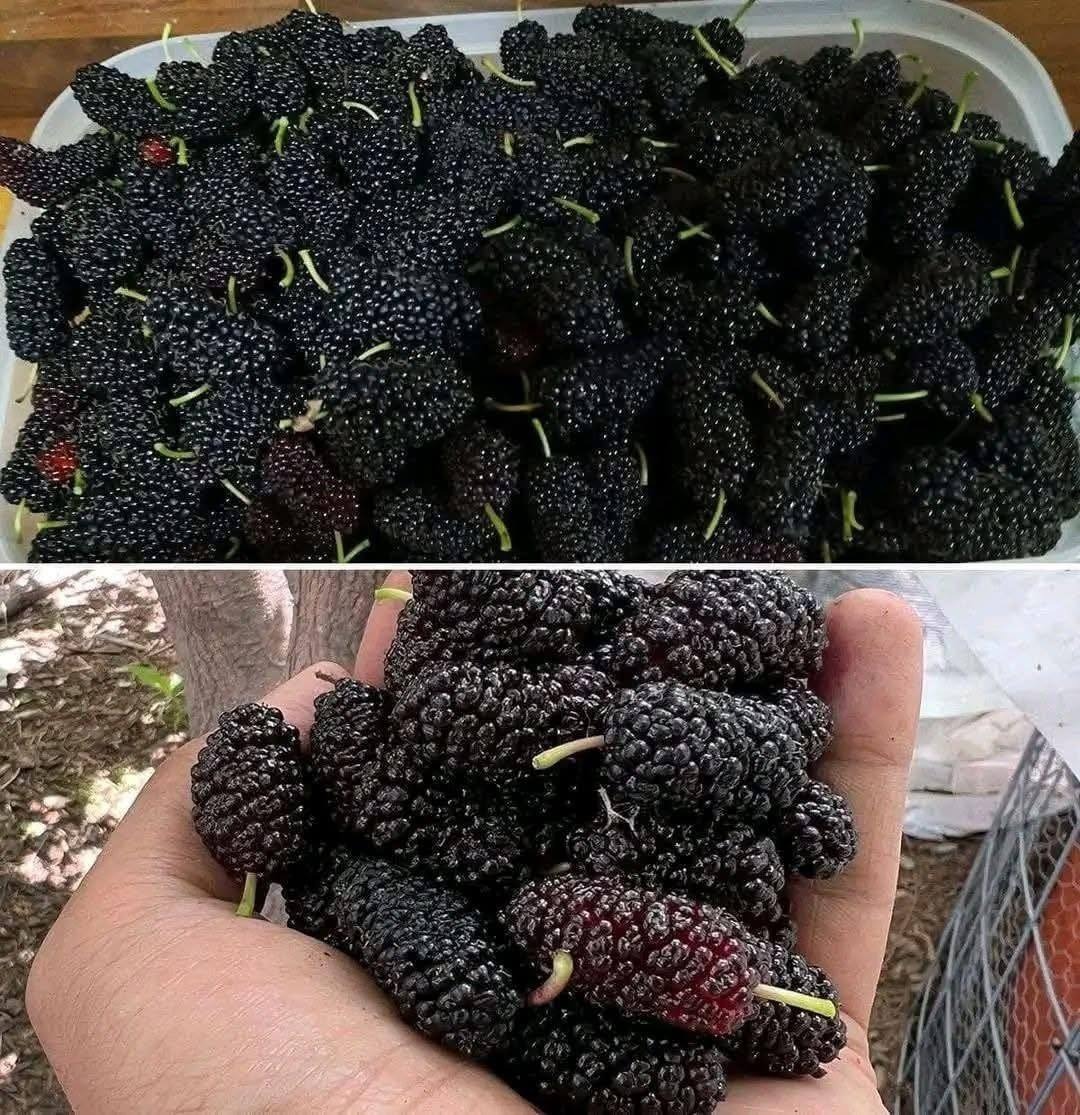👀🍊 Have You Ever Tasted It? Do You Know What It’s Called?
This Seasonal Fruit Now Improves Eyesight and Regulates Blood Pressure — But You Should Eat It Like This
Every season brings its own nutritional superstars, but there’s one underrated fruit that’s quietly stealing the spotlight this fall — and chances are, you’ve walked right past it at your local market without even realizing what it can do for your health.
Small, bright, and often mistaken for a tomato, this fruit is as powerful as it is delicious. Curious yet?
We’re talking about the persimmon.
Yes — that golden-orange, slightly sweet, slightly tangy fruit you may have seen in stores or farmer’s markets. Not only is it delicious, but research shows that when eaten the right way, persimmons can significantly improve eye health, lower blood pressure, and support overall wellness.
Let’s break down why this seasonal gem deserves a place in your diet — and how to eat it for maximum benefit.
👁️ 1. Improves Eyesight Naturally
Persimmons are packed with vitamin A and antioxidants like lutein and zeaxanthin, which are known to protect your vision and fight off age-related macular degeneration.
Vitamin A helps maintain a clear cornea and improves low-light vision.
Lutein & zeaxanthin filter harmful blue light and protect the retina.
Just one persimmon can provide over 50% of your daily vitamin A needs.
💓 2. Regulates Blood Pressure
High blood pressure is often called the “silent killer.” But here’s some good news: persimmons are rich in potassium, which helps balance sodium levels in the body and relax blood vessels — both of which contribute to healthy blood pressure.
They also contain tannins, natural plant compounds that reduce inflammation and support cardiovascular health.
Regularly eating potassium-rich foods like persimmons has been linked to lower risks of stroke and heart disease.
⚠️ But Wait — Don’t Eat It the Wrong Way!
Here’s where many people go wrong: some varieties of persimmons should not be eaten when unripe. Doing so can lead to a bitter taste, and in rare cases, digestive issues.
There are two main types of persimmons:
Astringent (Hachiya): Must be eaten fully ripe — soft, almost jelly-like. When underripe, it’s very bitter.
Non-astringent (Fuyu): Can be eaten while still firm, like an apple. Sweeter and more versatile.
✅ The right way:
Let Hachiya persimmons ripen until completely soft (like a water balloon). Scoop the flesh out with a spoon.
Fuyu persimmons can be sliced and eaten raw, added to salads, or even baked into desserts.
🥗 How to Enjoy Persimmons Daily
